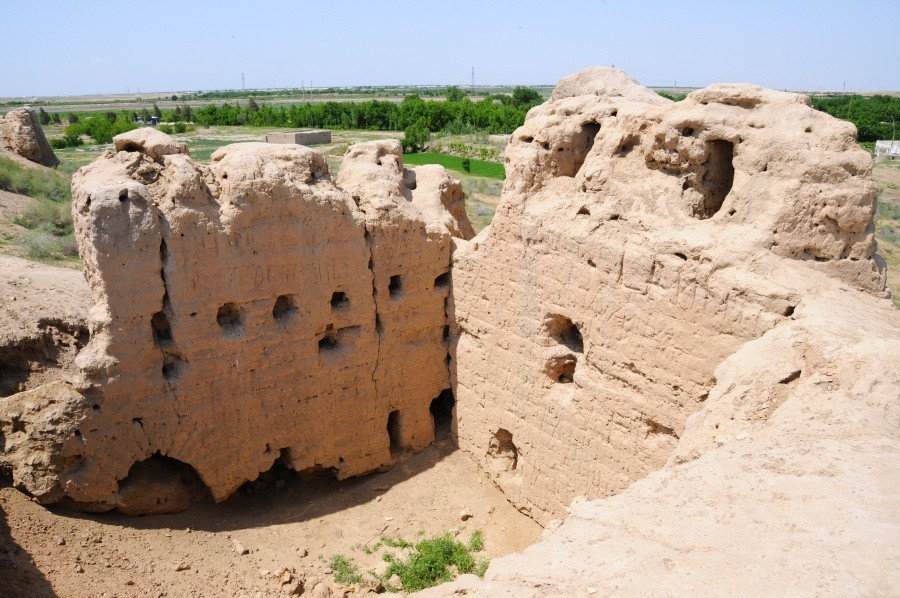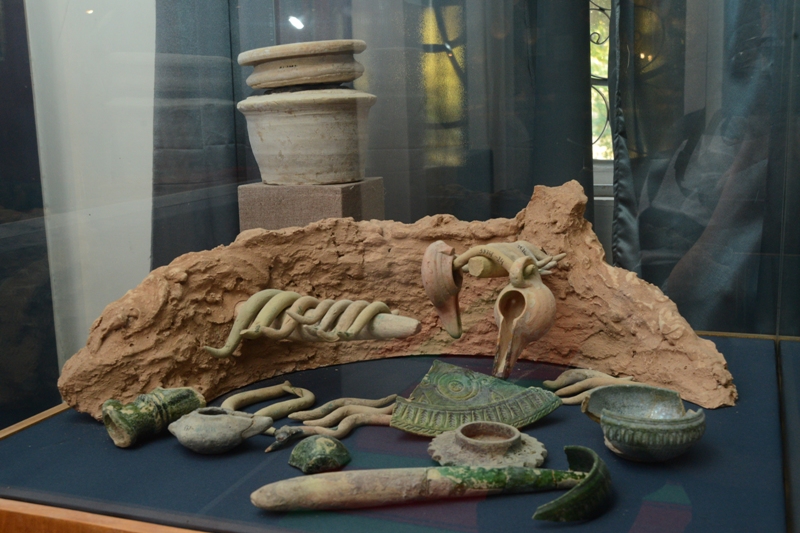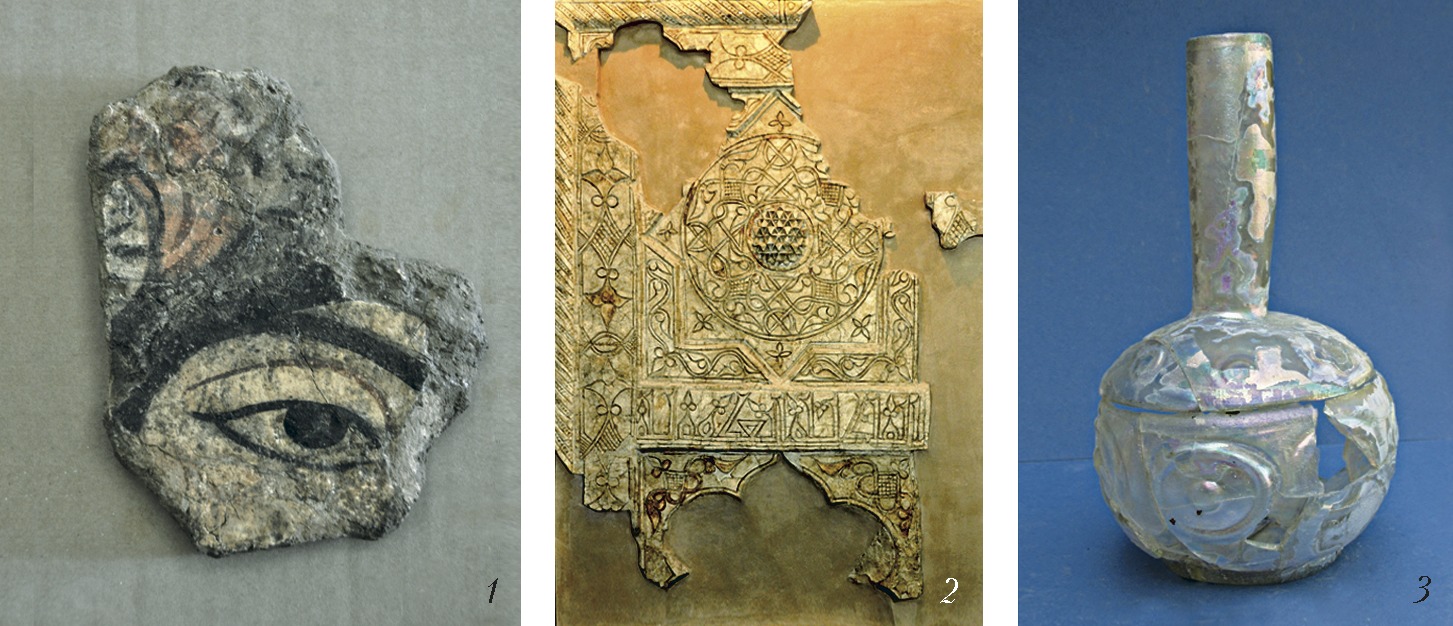The settlement of Paykend – Pompeii of Asia
These are the ruins of the medieval settlement of Paykend in the Bukhara region. This unique city was swallowed up by the desert for millennia, which helped preserve its remains to this day. It is for this that archaeologists have nicknamed the area the Pompeii of Asia.

According to historians, the ancient citadel of the Sogdian town was first settled at the beginning of our thousandth anniversary. In the Middle Ages, the ruler's palace, ancient temples and outbuildings were located here. The two inner cities (Shakhristans) adjacent to the citadel, where the Ephthalites once lived, were surrounded by fortress walls with towers, which gave them the status of an ancient city. On the northern part of the settlement there was a necropolis and Zoroastrian temples.
During the reign of the Samanids, the city experienced its highest heyday and turned into a major trade and handicraft center. Many caravanserais have sprung up around the ancient city and are a stopping place for many merchants traveling to Bukhara. Archaeologists have discovered here the remains of an ancient Friday mosque of the XI century… But In the XI century due to the large shallowing of the Zerafshan River, water stopped flowing to Paykend and it fell into decline. After many hundreds of years, a desert reigned here, which helped scientists to assemble a large treasure of ancient history into a single puzzle.

Scientists have discovered a unique material here, which proved the greatest culture of ancient Sogdiana here: these are glazed ceramics with tricolor painting, blue glass products intended for chemical experiments, bottles and vessels for storing perfumes and medicines.
All this beauty can be seen in the Museum of the History of the settlement of Paykend.
Leave a comment
By logging in, you agree to the processing personal data
See also
Workhours: 9:00-18:00, Mn-Fr
For any questions
Uzbekistan


 UZB
UZB RUS
RUS JPN
JPN ARA
ARA FRA
FRA CN
CN DE
DE POR
POR ESP
ESP TUR
TUR ITA
ITA HIN
HIN MAL
MAL
A comment